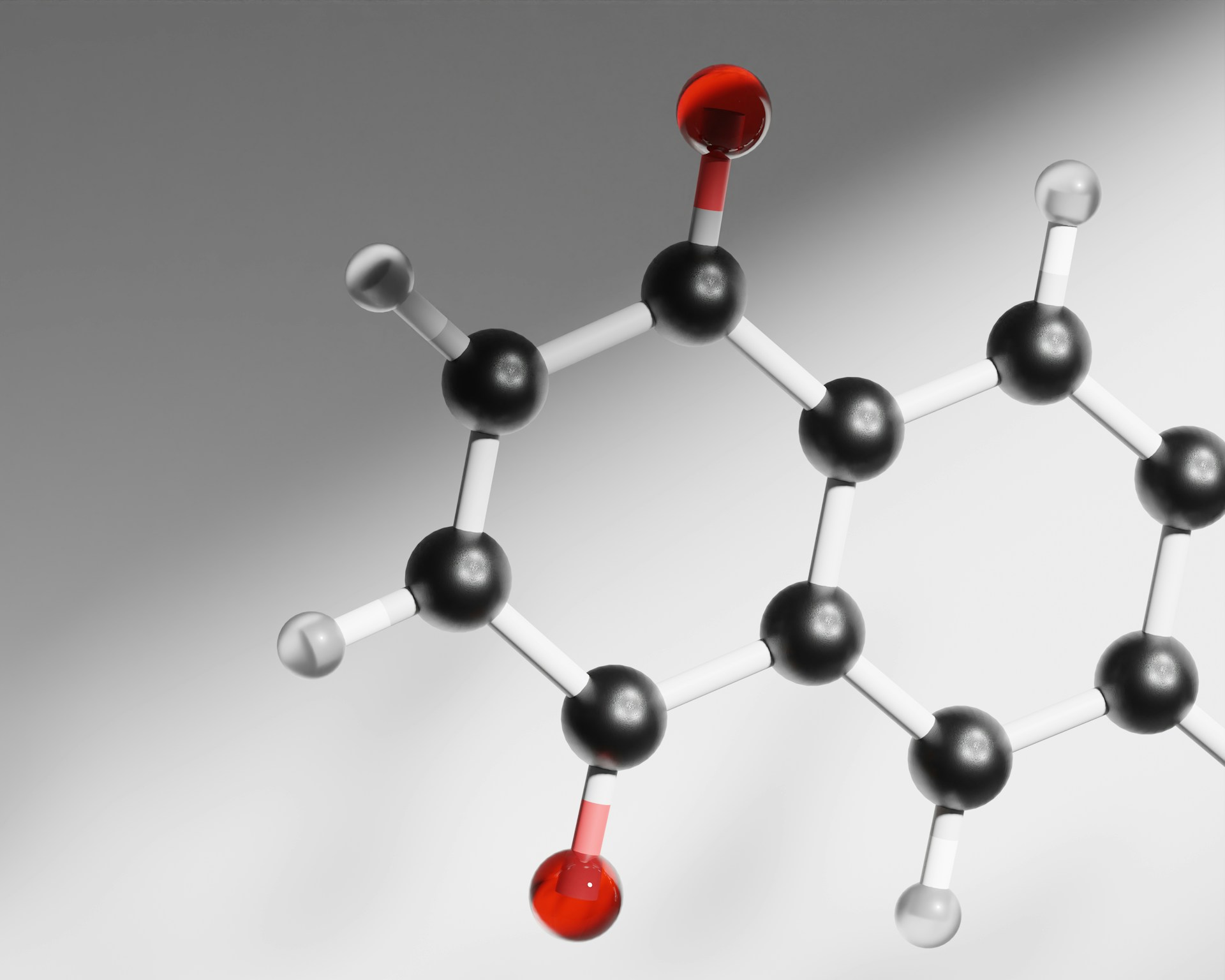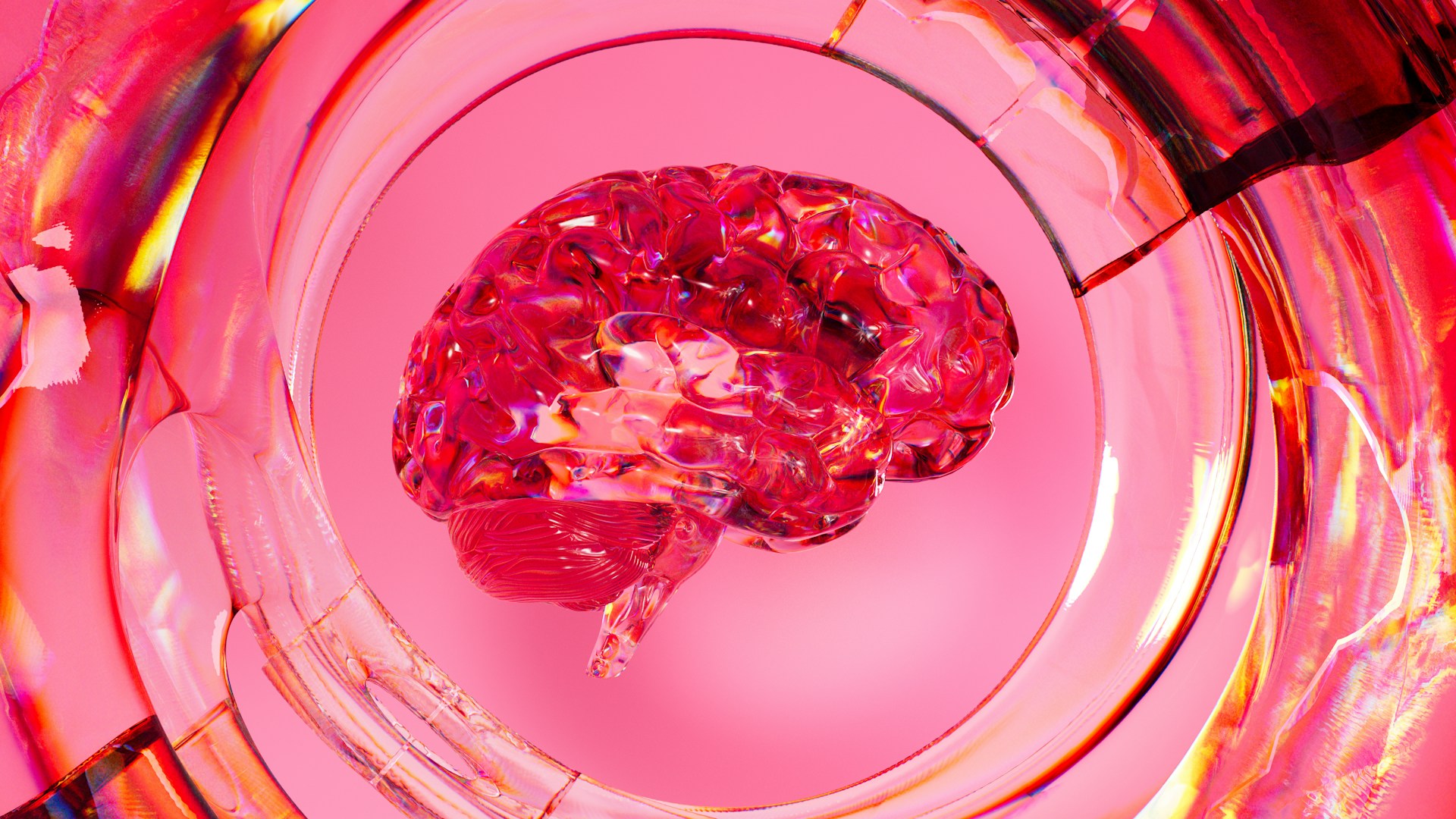New research in rats suggests brain waves known as “gamma oscillations” may be key to treating depressive symptoms. Image credit: Aleksandr Gusev via Unsplash
Major depressive disorder is a disabling condition characterised by low mood, fatigue, anhedonia, poor concentration, and psychomotor retardation. As it is a severe condition which is often resistant to treatment, there is an urgent need for new therapeutic modalities.
While the cause of this disease is not entirely understood yet, a reduction in gamma oscillations in the brain is believed to be a biomarker. Coherent gamma oscillations are defined as waves between 30–80 Hz leading to efficient transmission of information by increasing neuronal excitability. Gamma oscillations are associated with higher brain functions including cognition, emotion, and memory.
Researchers from the NYU Grossmann School of Medicine and the University of Szeged in Hungary, recently conducted a rodent study which suggests that restoration of gamma oscillations in the olfactory bulb can alleviate the symptoms of depression.
“The study suggests silencing of gamma oscillations induces symptoms of depression”
The olfactory bulb is a physiological source of gamma oscillations. It is a rounded mass of tissue located above the nasal cavity containing different types of neurons involved in the sensing and processing of olfactory information. In their recent paper published in Neuron, the research team report that removal of the olfactory bulb in rats induced symptoms similar to those of human major depressive disorder.
These symptoms include failure to adapt to novel environments, an inability to experience pleasure, retarded locomotion under stress, low libido, and impairments in learning and memory. This led the authors to conclude that reduced gamma oscillations can induce depression-like symptoms. They tested the causality of their hypothesis using multiple methods. These approaches seem to confirm the idea that silencing of cortical gamma oscillations can induce symptoms of depression and anxiety.
Next, the researchers took classical rodent models of depression and attempted to reverse their symptoms by increasing the gamma oscillations via electrical stimulation. As a result, symptoms of depression and anxiety were alleviated as measured by an increased sucrose preference. The sucrose preference test is used to indicate anhedonia. Anhedonia, the inability to experience pleasure, is a core symptom of depression. Rodents naturally have a preference for sweet-tasting solutions, so an increased preference in sucrose suggests an ability to experience pleasure. Depressed rodents will have little or no preference for the sucrose-solution in comparison to water.
Ketamine is currently prescribed for the treatment of depression, but the mechanisms underlying its antidepressant properties are not entirely clear. The researchers administered depressed rats with ketamine for three days and observed increased gamma oscillations in the primary olfactory cortex, a major efferent of the olfactory bulb. This suggests ketamine exerts its antidepressant effects by increasing gamma oscillations in the olfactory bulb.
While major depressive disorder is still prevalent throughout society, these new findings offer hope for patients. Understanding the causes of major depressive disorder and how to reverse them means that drugs can be designed with the aim to increase limbic gamma power to alleviate the symptoms of depression in the future.





